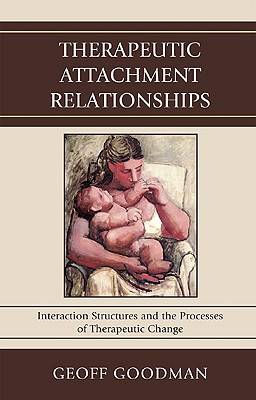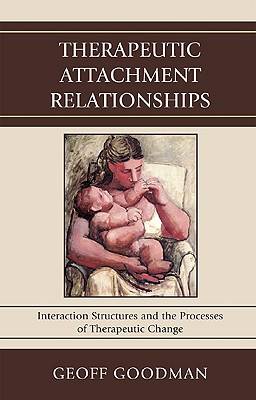
- Afhalen na 1 uur in een winkel met voorraad
- Gratis thuislevering in België vanaf € 30
- Ruim aanbod met 7 miljoen producten
- Afhalen na 1 uur in een winkel met voorraad
- Gratis thuislevering in België vanaf € 30
- Ruim aanbod met 7 miljoen producten
Zoeken
Therapeutic Attachment Relationships
Interaction Structures and the Processes of Therapeutic Change
Geoff Goodman
Hardcover | Engels
€ 181,45
+ 362 punten
Omschrijving
Attachment theory and research have begun to specify the variety of therapist-patient interactions and the relation between the quality of these interactions and patient outcomes. The goal of this book is to contribute to our understanding of these interaction structures and their influence on therapeutic changes in the patient. Geoff Goodman invites the reader to consider the attachment relationship as an often-overlooked specific factor that nevertheless plays a key role in all therapeutic processes. Therapeutic Attachment Relationships explores the attachment relationship as an effective ingredient in all therapeutic change.
Specificaties
Betrokkenen
- Auteur(s):
- Uitgeverij:
Inhoud
- Aantal bladzijden:
- 144
- Taal:
- Engels
Eigenschappen
- Productcode (EAN):
- 9780765707451
- Verschijningsdatum:
- 1/02/2010
- Uitvoering:
- Hardcover
- Formaat:
- Genaaid
- Afmetingen:
- 155 mm x 231 mm
- Gewicht:
- 362 g

Alleen bij Standaard Boekhandel
+ 362 punten op je klantenkaart van Standaard Boekhandel
Beoordelingen
We publiceren alleen reviews die voldoen aan de voorwaarden voor reviews. Bekijk onze voorwaarden voor reviews.











